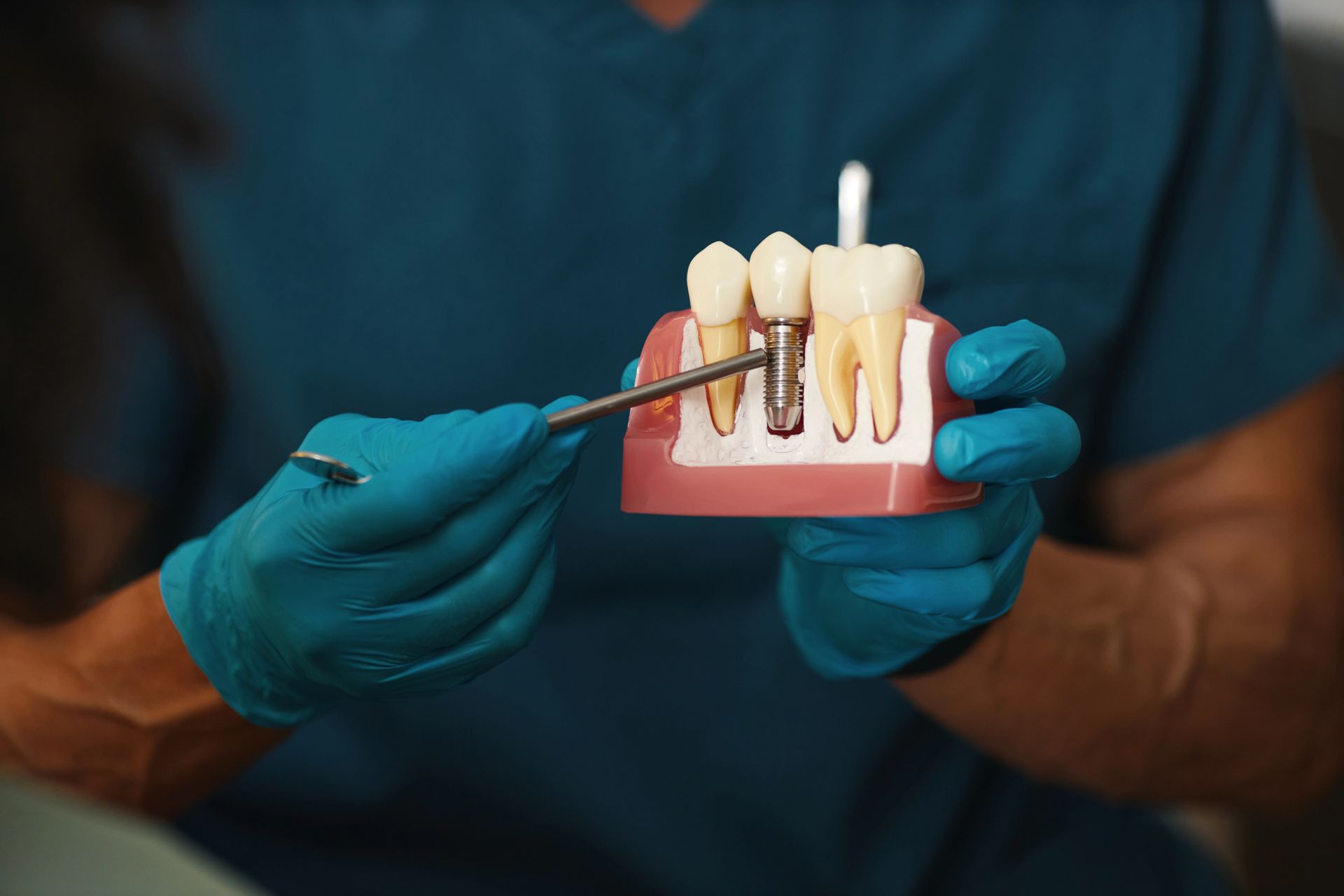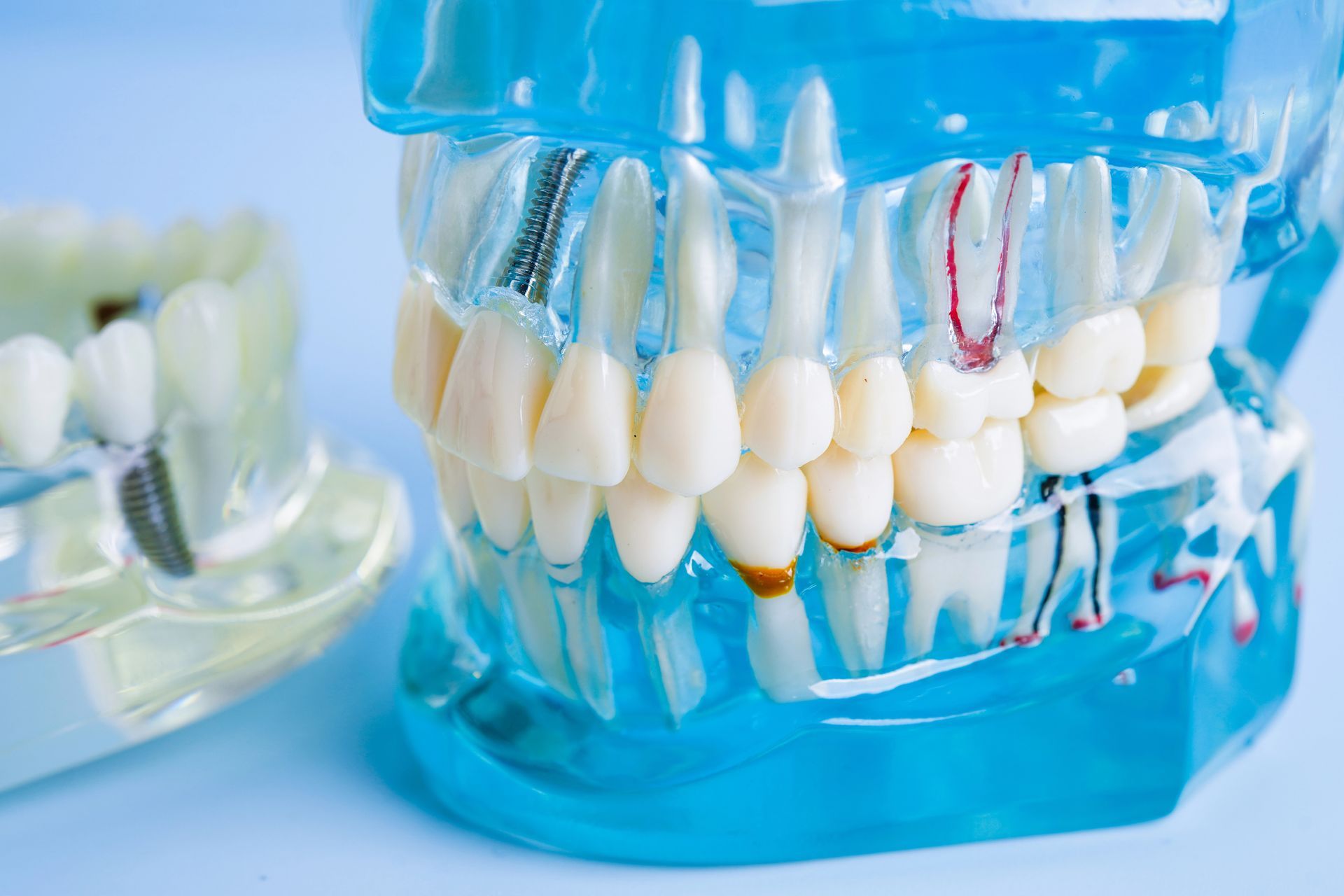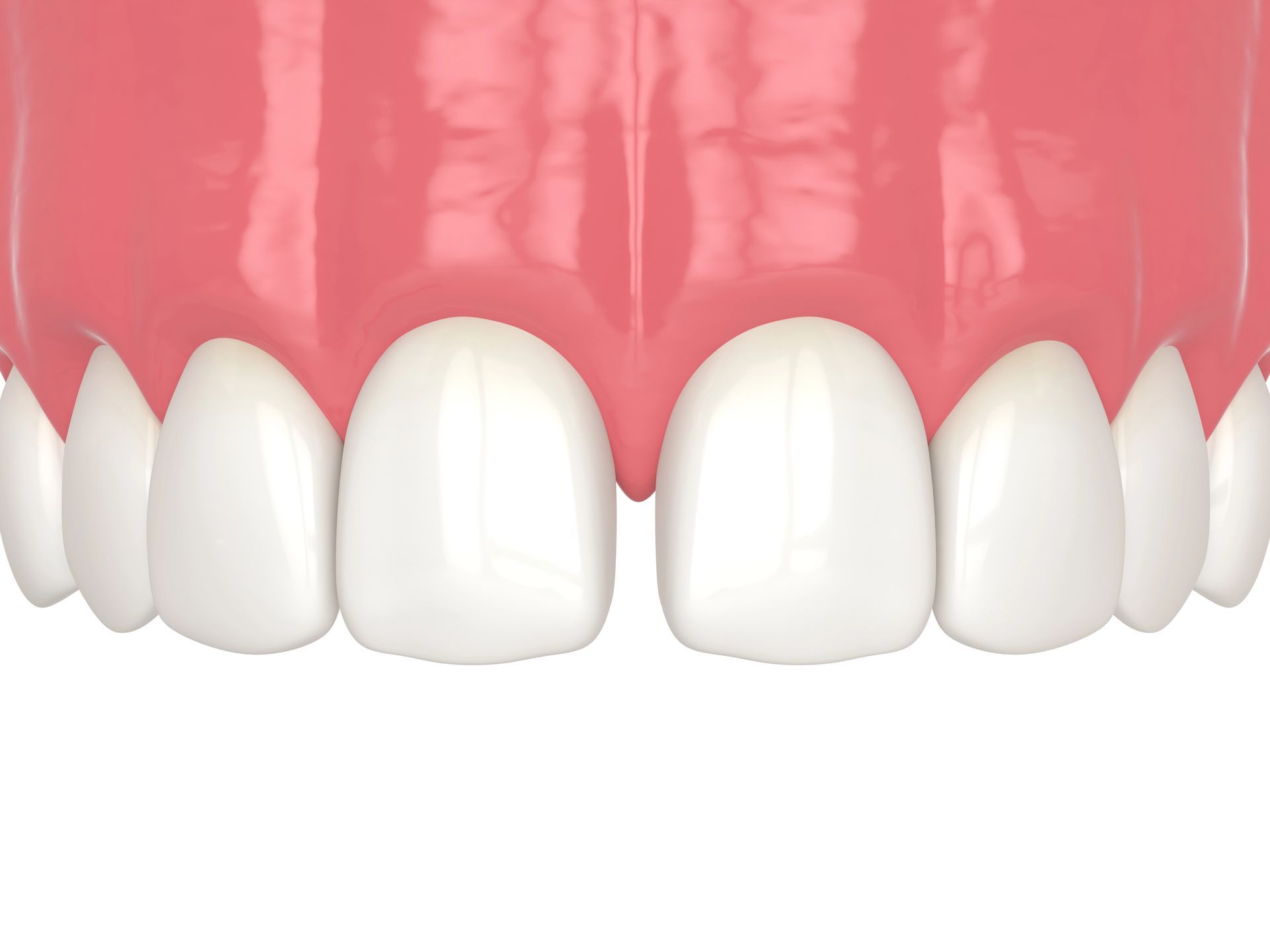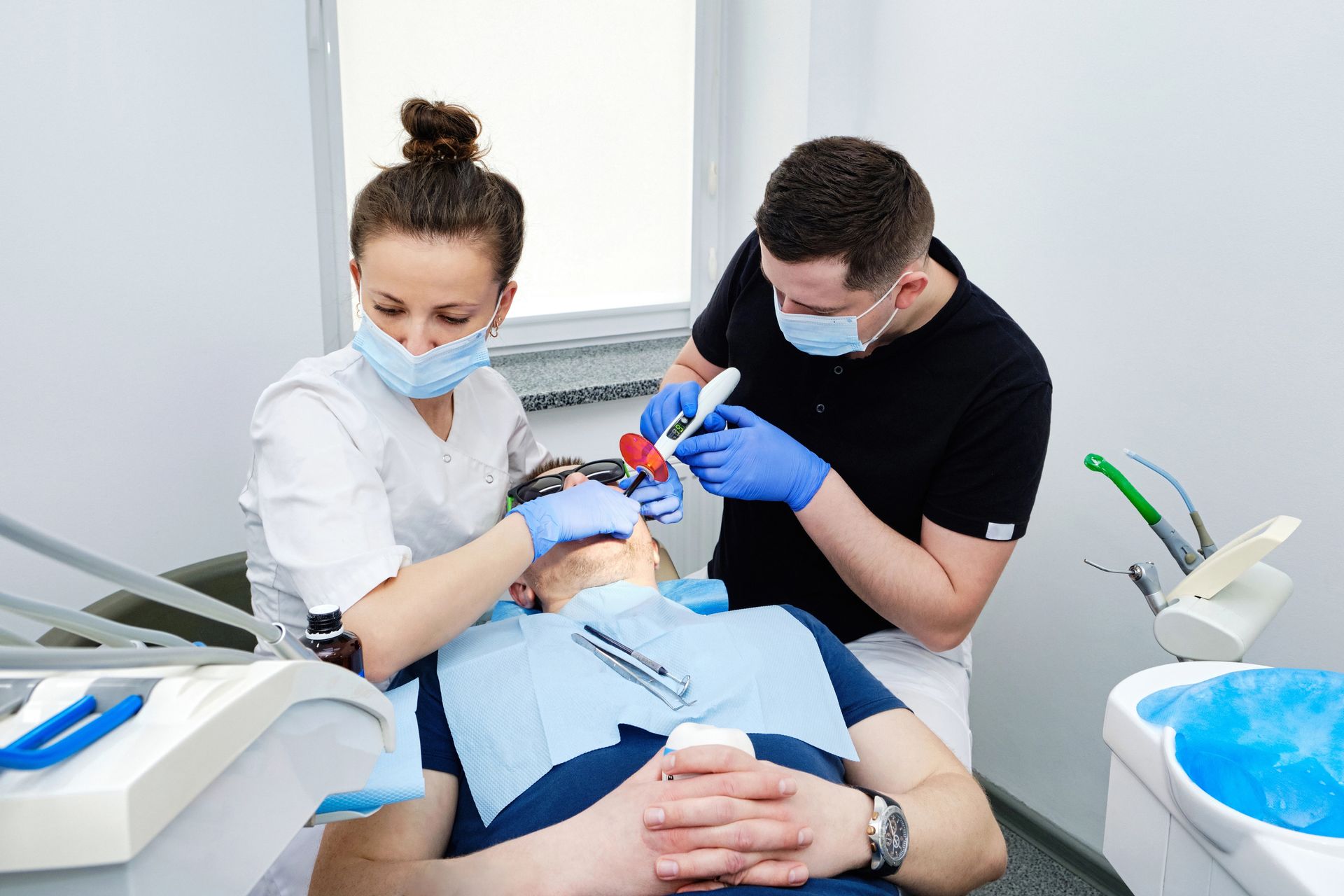Have you ever wondered how teeth whitening has evolved over time? From the use of homemade pastes to modern laser whitening treatments, the history of teeth whitening is a fascinating journey of innovation and progress.
Ancient Teeth Whitening Techniques
Teeth whitening is not a new concept. Ancient civilizations used various techniques to whiten and brighten their pearly whites. One of the oldest recorded methods of teeth whitening came from the Egyptians. In 4,000 B.C., they used a mixture of pumice and vinegar to clean and whiten their teeth. The Babylonians, around 2,500 B.C., used a mixture of ground-up eggshells and honey to whiten their teeth. The ancient Greeks and Romans used a mixture of urine and goat’s milk to whiten their teeth.
Today, teeth whitening has come a long way. Many people opt for professional whitening treatments, but some people experience sensitivity and pain during the process.
Understanding Sensitivity: Why Some People Experience Pain During Whitening can help you understand why this happens and how to prevent it.
The Introduction of Industrial Whitening Products
In the early 2000s, the market for teeth whitening products exploded with the introduction of industrial-grade whitening products. These products were designed to give people the ability to whiten their teeth quickly and easily at home. The introduction of these products allowed people to avoid costly dentist visits and instead get professional-grade results without the hassle.
Today, there are a variety of teeth whitening products available, ranging from strips to gels to trays, and all of them are designed to help people achieve a brighter, whiter smile. For those looking for a more permanent solution, there is the option of in-office whitening, which is done by a professional dentist. In Columbia, there are many options for teeth whitening, and it is important to find the right one for your needs.
Teeth Whitening in Columbia is a great resource to learn more about the different options available.
The Rise of Professional Teeth Whitening Services
In recent years, the demand for professional teeth whitening services has grown exponentially. With the rise of social media, many people are turning to professional services as a way to get a whiter, brighter smile. Professional teeth whitening services can provide a safe and effective way to get a brighter smile without the risk of DIY solutions. Professional teeth whitening services also offer a variety of options, including at-home teeth whitening kits and in-office whitening treatments. With the help of a qualified dental professional, you can get a brighter, whiter smile in no time.
Popular At-Home Teeth Whitening Solutions
Today, there are a wide variety of at-home teeth whitening solutions to choose from. From gels and toothpastes to strips and trays, you can find a product that fits your needs and budget. Many of these products contain hydrogen peroxide or carbamide peroxide, which are both bleaching agents that can help to remove surface and deep stains. Additionally, many of these products come with instructions and guidelines for safe and effective use.
Recent Advances in Teeth Whitening Technology
In recent years, advances in teeth whitening technology have made it easier than ever to achieve a dazzling smile. From professional teeth whitening treatments to at-home kits, there are a variety of teeth whitening options available to suit different budgets and needs. Professional treatments use a higher concentration of peroxide than at-home kits, making them more effective, and giving you longer-lasting results. At-home kits are becoming increasingly popular due to their convenience and affordability, with many of them providing results in as little as one week.
Conclusion
If you're looking for a reliable and professional teeth whitening service, contact Design Dentistry Columbia at 803-291-5782 or
read our reviews on Google Maps.










